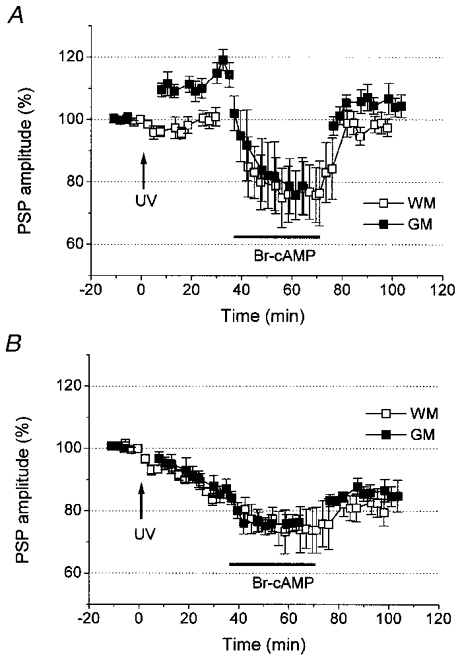Figure 8. Effects of bromo-cAMP in neurons previously subjected to photolysis.

A, mean time course (n = 5) of the amplitude of WM- (□) and GM-evoked (▪) PSPs in the neurons in which GM-evoked PSPs were potentiated by photolysis. Subsequent application of bromo-cAMP decreased the amplitudes of both PSPs. After washout of bromo-cAMP for 30 min, the GM-evoked PSP amplitude remained at a level smaller than that before bromo-cAMP application. Thus, the potentiation induced by photolysis was cancelled out (depotentiated). Meanwhile, the amplitude of WM-evoked PSP was unaffected by photolysis, and subsequent bromo-cAMP application induced a completely reversible depression of PSP. The time of photolysis is indicated by the arrows labelled ‘UV’. B, time course (n = 4) of the amplitude of WM- (□) and GM-evoked PSPs (▪) in the neurons in which PSPs were depressed by photolysis. Depression of PSPs by bromo-cAMP was completely reversible, and the initial depression induced by photolysis survived subsequent application of bromo-cAMP.
